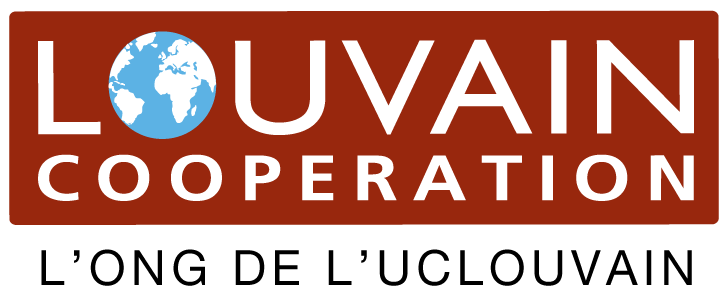
Migration is an increasingly important economic lifeline and a factor driving social mobility for
families in Cambodia. Over the last fifteen years, internal and international/cross-border migration
has been one of the most significant transformational changes in Cambodian society and the trend is
set to continue. Rural-rural migration accounts for 13 percent, rural-urban 57 percent and cross border
for 31 percent of total migration. Migration poses both opportunities and challenges for migrants and
their families, especially children. Globally the separation of families due to labor migration is a
well-established practice. There is an observable socio-economic gradient in the patterns of family
separation and the practices of maintaining relationships over space and time. Migrants from and
within less developed countries (LDCs) are considered to be at greater risk of poor wellbeing outcomes
(health and psychological) than those with greater economic and social advantage. Migration may have
health impacts for the migrants as well as for their families left behind. The current study focuses on
the families left behind, primarily children and their caregivers.
Despite the large flow of internal and international/cross-border labor migration and its importance
to economic development and poverty alleviation, little is known of the health and social consequences
to migrants and their families in Cambodia. The link between migration and institutionalization
of children of migrant workers is also poorly understood. This study addresses the significant
health and social consequences to left behind children and family members of migrant workers in
Cambodia and how migration lead to institutionalization or fostering of children of migrant workers.
This study adopted a mixed-methods approach, including a quantitative household survey (n=1,459)
and 115 qualitative interviews with family members of the migrant households. Key informant interviews
with local authorities, management, case-workers and children living in residential care institutions
(RCIs) were also conducted to complete eight extended case studies of RCIs. The household survey
covers 56 districts across 13 provinces aiming to understand impacts of migration on Cambodian children
and families left behind. The survey sample design includes two cohorts: the Younger Child Cohort
(aged 0 to 3 years) and the Older Child Cohort (aged 12 to 17 years). Households with no history of parental
migration were also included for comparison.
This study engaged government, non-governmental actors, international organizations including
IOM, Louvain Cooperation, Plan International Cambodia, Family Care First, The University of Hong Kong,
civil society actors, and research organizations (both national and international) across all phases of the
research – from conception to formulation of policy recommendations. Therefore, the relevant policy context
and reports on consultation with local experts about the research were mapped out to inform an intervention
framework reflecting culturally and contextually relevant interventions for the Cambodian setting.
